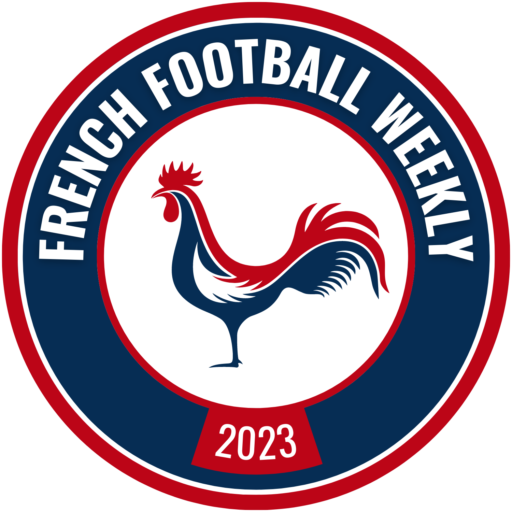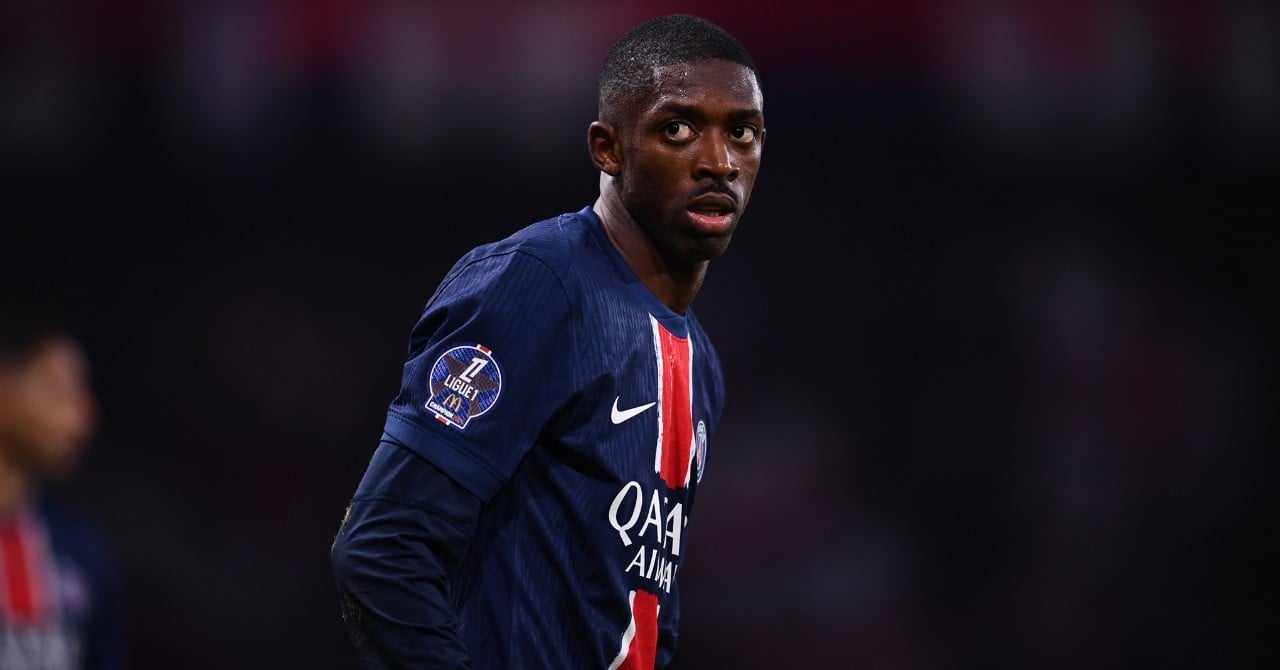ARTICLE AD
If you’re dedicated to strength training, you’ve likely experienced the deep, aching sensation that creeps in a day or two after a tough workout—also known as delayed-onset muscle soreness, or DOMS. It’s something that even seasoned athletes can’t escape after pushing their limits. But what if I told you that the best way to ease that soreness is not by resting but by staying active?
Why You Should Keep Moving, Even When You’re Sore
It might sound counterintuitive, but according to Helen O’Leary, a physiotherapist and clinical director at Complete Pilates, the most effective way to alleviate DOMS is to keep your body moving. “It may feel tempting to lie on the couch and wait for the soreness to pass,” she says, “but light exercise can actually help speed up the recovery process.”
This is because movement increases blood flow to the sore muscles, delivering the oxygen and nutrients they need to repair and rebuild. Additionally, staying active helps remove some of the inflammatory molecules released by muscle cells after they’ve been stressed by exercise, which can further reduce soreness and aid recovery.
Active Recovery: The Best Approach for Muscle Relief
Instead of taking a complete break after an intense workout, try incorporating some light exercises like yoga or Pilates. These activities not only reduce the discomfort of DOMS but also encourage your muscles to recover more effectively. The pain relief might be temporary, but the benefits to your recovery are lasting.
O’Leary also suggests planning your workouts with potential DOMS in mind. “If you know that a particular session is going to leave you sore, consider scheduling in alternative exercises or focusing on different muscle groups the next day,” she advises. This approach allows the sore muscles to rest while you still get in a quality workout.
Tools for Temporary Relief: Foam Rollers and Massage Guns
While active recovery is key, tools like foam rollers and massage guns can provide temporary relief from soreness. These tools help to massage the muscles, improving blood flow and easing tightness. However, O’Leary emphasizes that while these methods can make you feel better in the short term, they should complement rather than replace movement. The benefits of incorporating regular, gentle exercise far outweigh those of passive recovery alone.
![]()
Written by:
Manu Tournoux is a passionate and knowledgeable football enthusiast with a special focus on French football. Born and raised in France, Manu discovered his love for the beautiful game at a young age and developed a deep understanding of the ins and outs of "Le Championnat." His French roots and extensive experience in football journalism have made him an invaluable asset to the French Football Weekly team.
 
 As an author for the website, Manu's expertise includes not only in-depth analysis of Ligue 1 and Ligue 2 matches but also insightful profiles of up-and-coming talents, detailed transfer news, and engaging coverage of the French national team. His captivating writing style and undeniable passion for the game have earned him a loyal following among our readers.
 
 When he's not crafting engaging articles for French Football Weekly, Manu enjoys attending live matches whenever he can, exploring football culture in various French cities, and engaging in spirited debates with fellow fans. Feel free to follow Manu on Twitter and interact with him as he shares his expert opinions, insights, and love for French football.

.jpg) 3 months ago
21
3 months ago
21 

